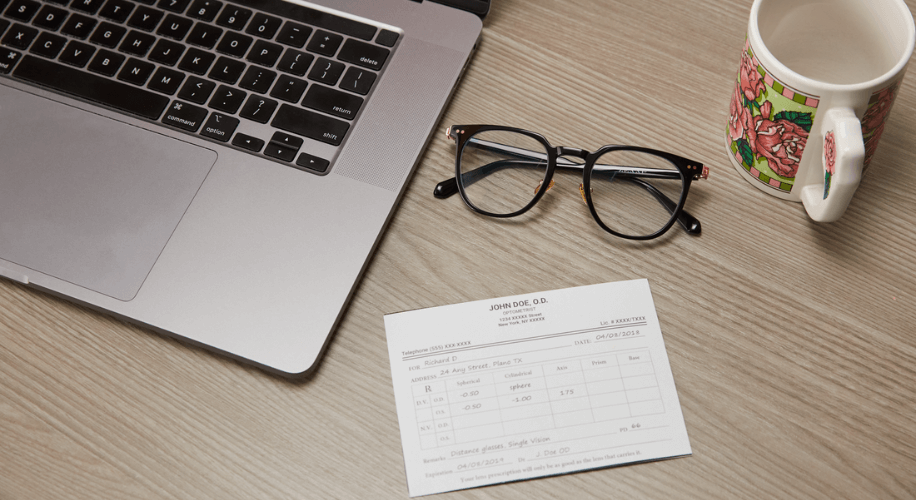Understanding Your Eyeglasses: What’s Normal and What’s Not
- BY Steven Lee
- IN Billboard
Welcome to your comprehensive guide to understanding your eyeglasses. In this article, we’ll walk you through what to expect when you first start wearing glasses, how they should feel, and when it might be necessary to consult with an optician. Whether you’re a first-time wearer of cool glasses or an experienced eyeglass aficionado transitioning to a new style, knowing what’s normal and what’s not will provide you with peace of mind and ensure your glasses work effectively.

Initial Comfort and Adjustments
When you put on a new pair of glasses, whether they’re designer sunglasses or prescription eyeglasses, they should feel comfortable on your face. However, a little initial discomfort can be normal as your face and ears adapt to a new fit and style.
Slight Pressure: Your glasses should sit evenly on your face without sliding down, which might result in some gentle pressure on the sides of your head or behind your ears. This discomfort should ease within a few days as you get accustomed to the fit.
Nosepiece Adjustment: The nose pads or bridge of your new glasses might not fit perfectly on your nose at first. This is normal, and glasses that have nose pads are easily adjustable. You can follow our step by step guide here
Visual Adjustment: Your eyes might need some time to adapt to a new prescription, especially if there has been a significant change. This is normal and should disappear after a few days.
Long-Term Comfort and Maintenance
As you wear your glasses over time, they should become more comfortable. That’s why it’s essential to choose a pair that fits well and suits your style. However, there are some aspects to keep in mind:
Regular Cleaning: This is part of routine maintenance to ensure clear vision and the longevity of your glasses. You can use a microfiber cloth and specialized cleaning solutions.
Minor Adjustments: Over time, your glasses may require minor adjustments to the nose pads or arms. This is normal and can be done by yourself or an optician.
Wear and Tear: Minor wear and tear, like small scratches on the frames, are common over time. However, significant damage or scratches on the lenses that affect your vision warrant a replacement.
When to Seek Help
If you continue to experience discomfort after two weeks, you may need to consult with an eye care professional. Here are some situations where professional help may be needed:
Persistent Discomfort: If you still feel discomfort or pain even after the break-in period, this is not normal. It could indicate that your glasses are not fitting correctly or there is a problem with your prescription.
Continued Blurred Vision: If your vision remains blurry or you’re experiencing headaches after the initial adjustment period, you should consult your eye care provider. It could mean that your prescription needs adjustment.
Significant Damage: If your glasses have fallen and the lenses have cracked or the frames have bent significantly, it’s time for a replacement. You can browse through Zenni’s collection of affordable glasses, from black and gold glasses to heart-shaped sunglasses, to find your new favorite pair.

Remember, it’s perfectly normal to take some time to get used to your new eyeglasses. However, if discomfort persists or you notice any changes in your vision, don’t hesitate to seek professional advice.
About the Author: Dr. Steven Lee
Dr. Steven Lee is a visionary leader in the eye care and telemedicine sectors and has built a remarkable career by combining his formal training in eye care, engineering expertise, and a passion for innovation. Dr. Lee serves as Zenni’s the Head of Optical Product.

